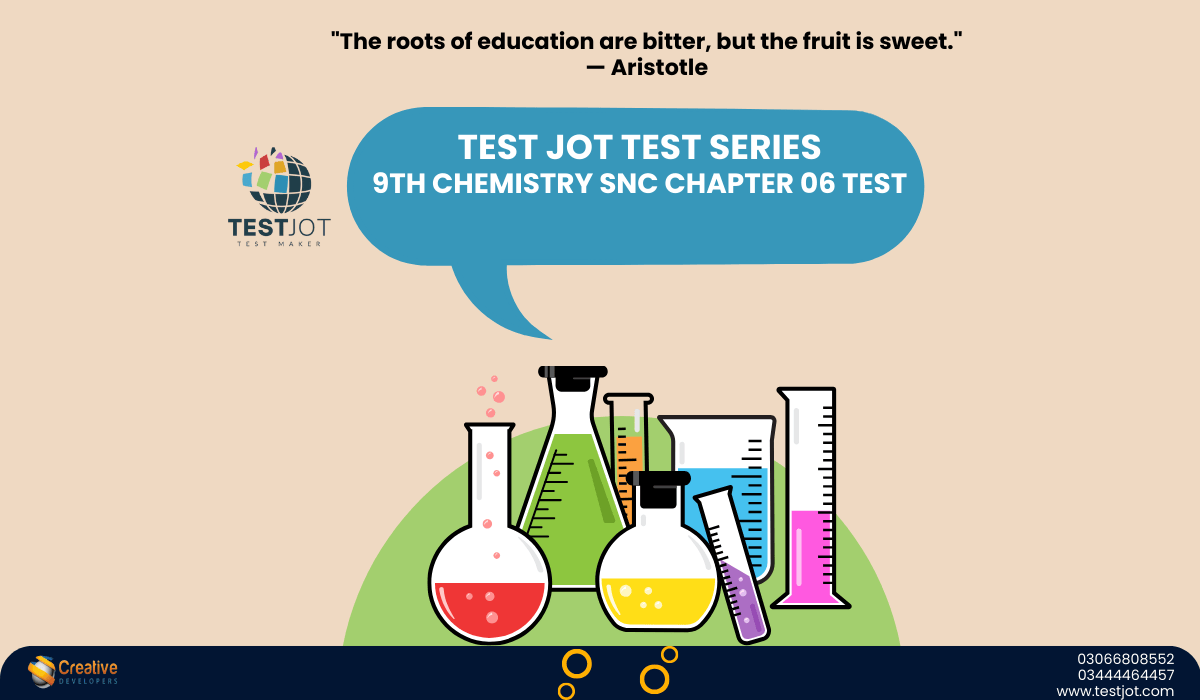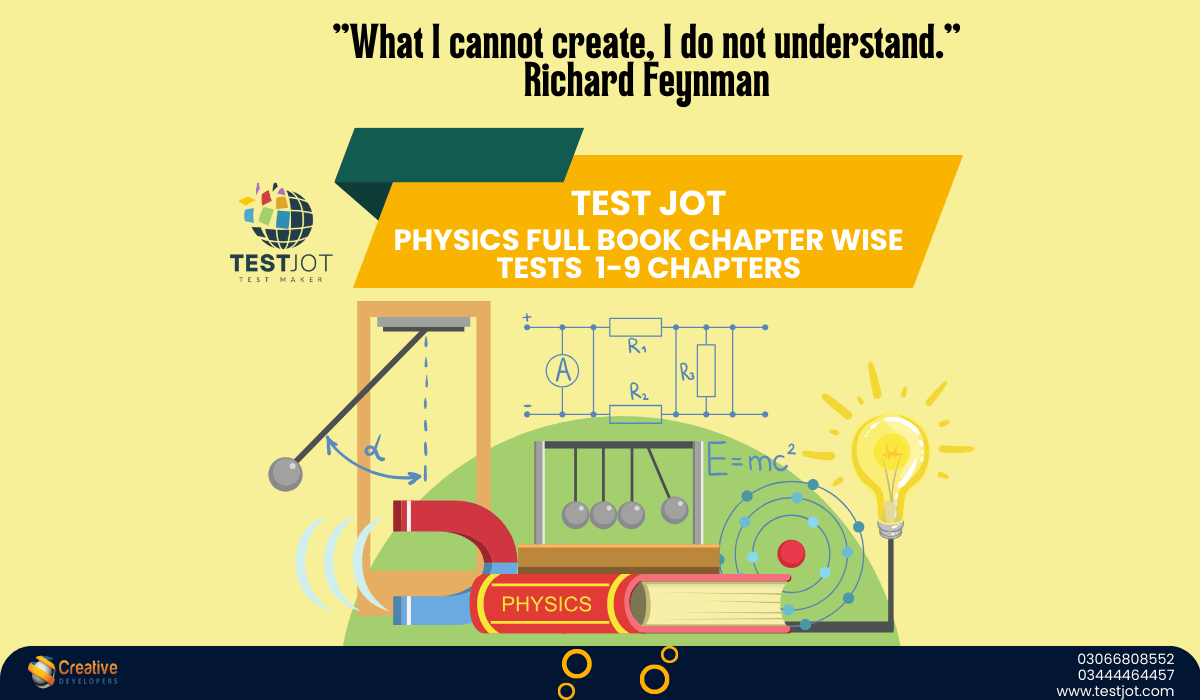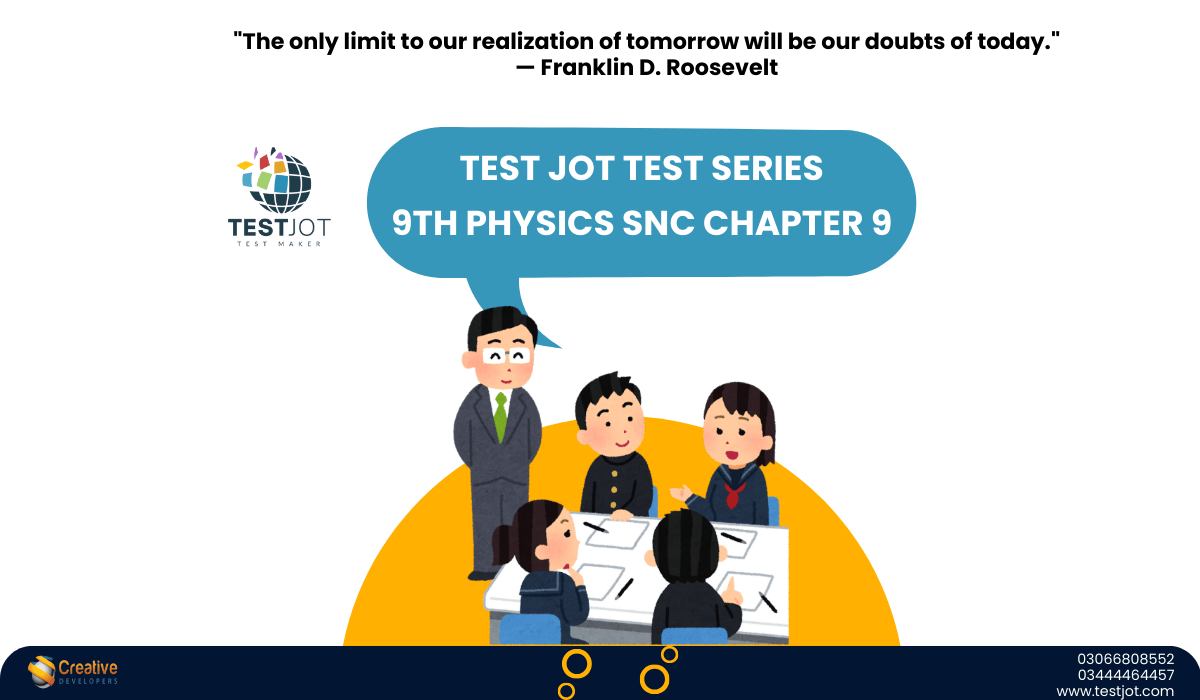Mastering Balance in Chemistry: Your Guide to 9th Grade Chapter 6 – Equilibria
Chemistry is all about balance—like a seesaw where reactions adjust to stay steady. In Chapter 6: Equilibria, you’ll uncover why some reactions can reverse, how systems reach harmony, and what happens when you tweak conditions like temperature or pressure. Let’s simplify these concepts and turn you into an equilibrium expert!
What’s Covered in Chapter 6?
This chapter explores the “give-and-take” of chemical reactions:
- Reversible vs. Irreversible Changes:
- Reversible: Reactions that can flip directions (e.g., melting ice ↔ freezing water).
- Irreversible: One-way processes (e.g., burning paper).
- Dynamic Equilibrium: When forward and reverse reactions balance out—like a busy marketplace where buyers and sellers trade at the same rate.
- Changing Conditions: How altering temperature, pressure, or concentration shifts reactions (think of squeezing a stress ball to change its shape).
Why Should You Care?
Equilibria explain real-life phenomena:
- Cooking: Why a sealed pressure cooker speeds up cooking (changes pressure).
- Environment: How carbon dioxide balances in oceans affects marine life.
- Health: Oxygen-carbon dioxide exchange in your lungs relies on equilibrium.
Understanding this chapter helps you predict how systems behave under stress—a skill useful in labs and daily life!
Test Your Equilibrium Knowledge!
Ready to practice? Download our Chapter 6 Practice Test, featuring MCQs, diagram analysis, and scenario-based questions.
📥 Download the Test Instantly:
Download PDF Test English Medium Download PDF Test Dual Medium 9th-SNC-Chapter-6 9th-Chemistry-SNC-urdu-Chapter6Study Hacks for Success
- Use Analogies: Compare dynamic equilibrium to a busy café—equal numbers of people entering and leaving.
- Sketch Graphs: Draw concentration vs. time curves to visualize equilibrium shifts.
- Experiment Safely: Test reversible changes at home (e.g., dissolving salt in water and evaporating it).
Common Questions Simplified
- “Why can’t irreversible reactions reach equilibrium?”
They’re like a broken pencil—can’t revert to their original form once changed. - “How does pressure affect gas equilibria?”
Increasing pressure favors the side with fewer gas molecules (like squeezing a balloon).
Final Thoughts
Equilibria are nature’s way of maintaining order. Whether it’s the fizz in your soda or the air you breathe, this chapter teaches you to see balance everywhere. Download the test, practice with patience, and remember: chemistry is all about finding harmony in chaos!
Meta Keywords: 9th Grade Chemistry, Chemical Equilibria, Dynamic Equilibrium, Reversible Reactions, Le Chatelier’s Principle, Chemistry Test PDF.






